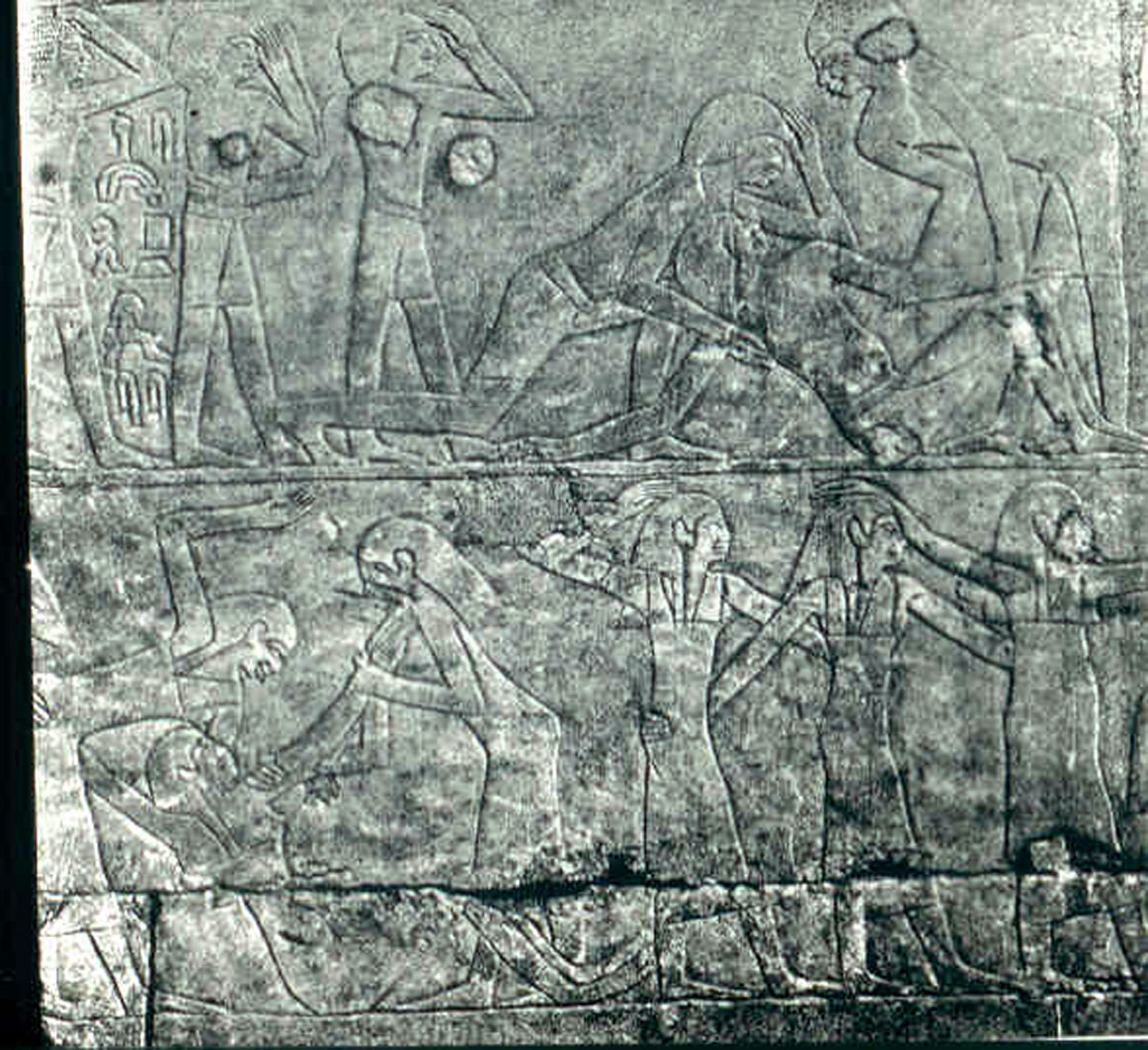As a pathologist, Michael Zimmerman was familiar with dead bodies, but when he was asked to autopsy a mummy for the first time he wasn't sure what to expect. There were a dozen layers of wrapping that he peeled off one at a time "like Chinese boxes," he said. When he finished, he found the body was dark brown and hard, and "smelled like old books."
That was more than 30 years ago. Now, having dissected and conducted CT scans on mummies from all over the world — some ancient and some just two or three centuries old — Zimmerman, 75, has begun drawing conclusions about health and disease in past eras. His work and that of other so-called paleopathologists is starting to challenge assumptions about which diseases are caused by modern lifestyles and which are as ancient as the pharaohs.
"Studying mummies adds a crucial dimension of time to our understanding of diseases and their role in shaping human biology and history," Zimmerman said. "Mummies give us information about the evolution of disease. . . . It's important that we don't think of disease as a static thing."



















With your current subscription plan you can comment on stories. However, before writing your first comment, please create a display name in the Profile section of your subscriber account page.